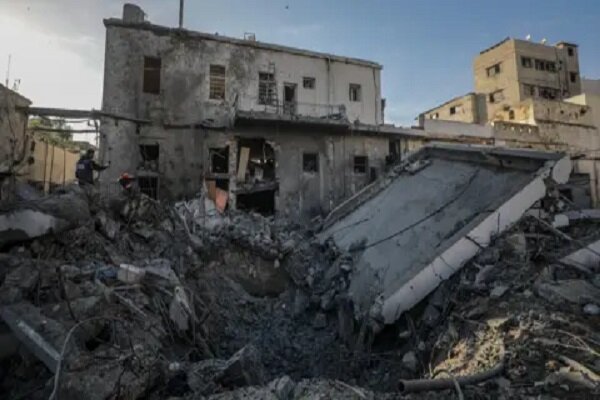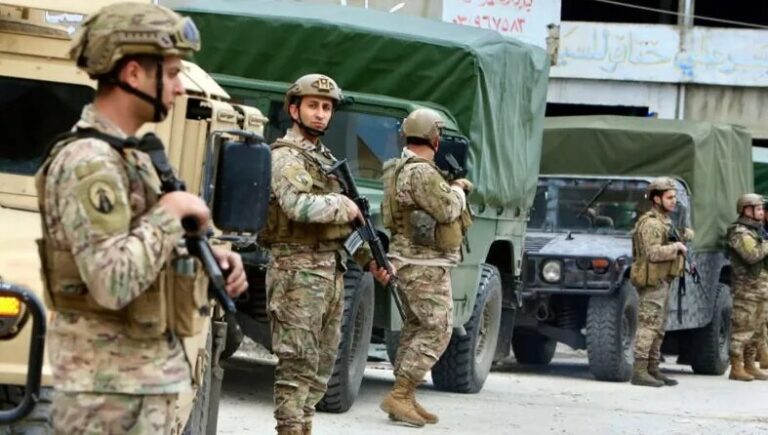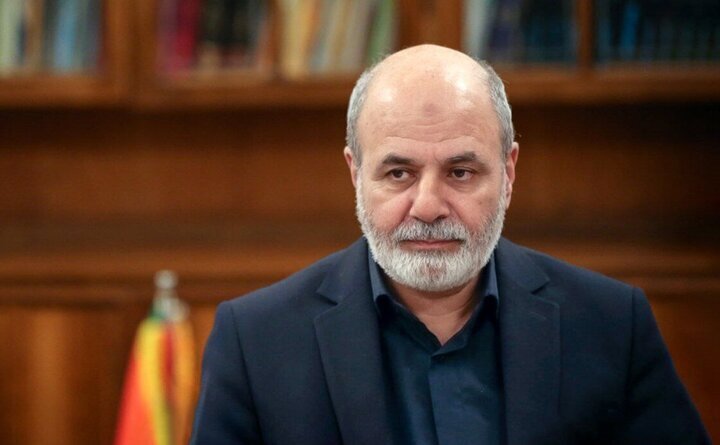Unveiling Qisumu Logistics Park: Inner Mongolia’s Role in Revolutionizing BRI-Driven Eurasian Trade
In a significant event for international journalism and economic development, a delegation of global reporters recently concluded their five-day visit to Inner Mongolia, focusing on the region’s pivotal role in international trade. The journey, part of the “Travelogue of China” program, allowed journalists to explore Inner Mongolia’s vibrant economic landscape and cultural heritage.
The visit started in Hohhot, the capital of Inner Mongolia, before heading to Ulanqab, where the final stop was the Qisumu International Logistics Park. This logistics hub is a cornerstone of China’s Belt and Road Initiative, aiming to enhance trade connectivity between China, Mongolia, Russia, and Eastern Europe.
Highlights of the Qisumu International Logistics Park
The Qisumu International Logistics Park is strategically located and plays a critical role in facilitating international trade. Here are some key features of this vital economic center:
- Strategic Location: The park is bounded by major roads, including Quanyulin Avenue, Baoshui West Street, Xiqiao Road, and the Erguang Expressway, providing easy access to both international and domestic markets.
- Integrated Services: It combines bonded logistics, modern supply chain management, international trade services, and advanced manufacturing, making it essential for regional economic integration.
- Access to Key Markets: The park serves as a corridor connecting China to international markets, particularly enhancing trade routes to the Beijing-Tianjin-Hebei region.
During their visit, the journalists not only explored the economic aspects of Ulanqab but also experienced the rich cultural heritage of Inner Mongolia. The region is known for its unique blend of Han Chinese, Mongolian, and various ethnic minority traditions, contributing to its global appeal.
Impact on International Trade and Cooperation
The journalists’ exploration of Ulanqab underscored the region’s growing significance in global trade networks and China’s commitment to fostering international cooperation through infrastructure development and cultural exchanges. As the Belt and Road Initiative continues to evolve, logistics hubs such as the Qisumu International Logistics Park are poised to play an increasingly vital role in shaping the future of trade and economic collaboration across Eurasia.
Moreover, the visit concluded with a meeting between the journalists and Wu Hailong, President of the China Public Diplomacy Association (CPDA). During this meeting, Wu addressed the reporters about Inner Mongolia’s progress and its promising future. He remarked on the advancements the region is expected to achieve in the coming years.
Key Takeaways from Wu Hailong’s Address
In his address, Wu highlighted several critical points:
- Opportunities for Growth: Wu emphasized that China’s development has created opportunities for other countries, fostering a collaborative environment.
- Wise Decision-Making: He pointed out that “wise decisions” have been instrumental in China’s rapid economic growth.
- Future Advancements: Wu expressed confidence in Inner Mongolia’s potential for further advancements, indicating a bright future for the region in international trade.
The visit of the international journalists to Inner Mongolia is a testament to the region’s importance in the global economic landscape. By showcasing the Qisumu International Logistics Park and engaging in meaningful discussions about development and cooperation, the event highlighted the integral role Inner Mongolia plays as a bridge between China and the world.
As the Belt and Road Initiative expands, it is evident that regions like Inner Mongolia will continue to be at the forefront of international trade discussions. With its strategic logistics hubs and rich cultural heritage, Inner Mongolia is set to enhance its influence on the global stage, fostering not only economic growth but also cultural understanding and exchange.
This engaging visit by journalists from around the world marks a significant step towards greater recognition of Inner Mongolia’s contributions to global trade and diplomacy. As more international delegations explore this dynamic region, the potential for increased collaboration and economic growth continues to flourish, making Inner Mongolia a key player in the future of Eurasian trade.






